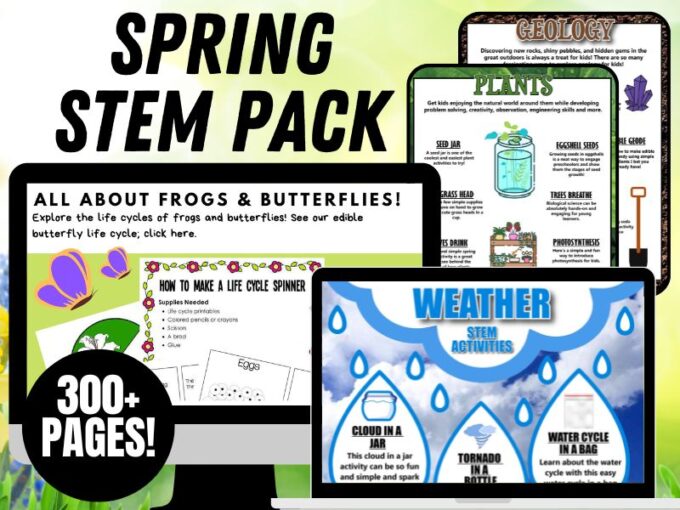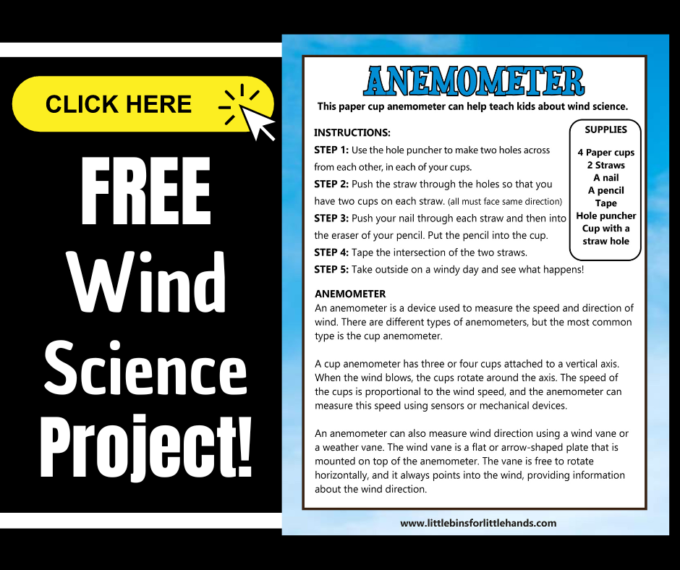A wind speed measuring device is called an anemometer. Find out how to make your own DIY anemometer at home or in the classroom. Take it outdoors to see how fast the wind is blowing. All you need are a few simple supplies to get started! We love fun, and hands-on engineering projects for kids!

Make An Anemometer For Spring Science
Spring is the perfect time of year for science! There are so many fun themes to explore. For this time of the year, our favorite topics to teach kids about spring include weather and rainbows, geology, Earth Day and of course plants!
Get ready to add this fun weather science activity, to your lesson plans this season. Our science activities and experiments are designed with you, the parent or teacher, in mind!
Easy to set up, quick to do, most activities will take only 15 to 30 minutes to complete and are heaps of fun! Plus, our supplies lists usually contain only free or cheap materials you can source from home!
Let’s find out about anemometers, what they measure and how they work! While you’re at it, make sure to check out these other fun spring science activities.
What Is An Anemometer?
An anemometer is a device used to measure the speed, and the direction of wind. Did you know that the word ‘anemometer’ comes from the Greek word for wind, which means anemos?
There are different types of anemometers, but the most common type is the cup anemometer. An anemometer can be manual or digital.
How Does An Anemometer Work?
A cup anemometer has three or four cups attached to a vertical axis. When the wind blows, the cups rotate around the axis. The speed of the cups is proportional to the wind speed, and the anemometer can measure this speed using sensors or mechanical devices.
An anemometer can also measure wind direction using a wind vane or a weather vane. The wind vane is a flat or arrow-shaped plate that is mounted on top of the anemometer. The vane is free to rotate horizontally, and it always points into the wind, providing information about the wind direction.
What Is The Difference Between An Anemometer and A Wind Vane?
A wind vane indicates the direction of the wind (e.g., north, south) but does not measure wind speed. While an anemometer measures the speed or velocity of the wind, providing information about how fast the wind is blowing.
What Is An Anemometer Used For?
Anemometers are important tools for meteorologists, who study weather patterns. They are also important for physicists, who study the way air moves. Learn more about different types of scientists.
Anemometers are used to monitor the safety of tall structures, control wind turbines, and to guide ships. They are used at most weather stations – from the Arctic through to desert regions. That’s because wind speed can indicate a change in weather patterns. For example, an approaching storm, which is important for pilots, engineers, and climatologists.
Large wind turbines even have built-in anemometers to measure wind speed, which can stop the turbines rotating if the wind blows too fast.
Get Your Free Printable Anemometer Project!
Build A DIY Anemometer
Pair this project with more hands-on engineering, build a windmill, wind vane, or wind tunnel!
Supplies:
- 4 Paper cups
- 2 Straws
- A nail
- A pencil
- Tape
- Hole puncher
- Cup with a straw hole
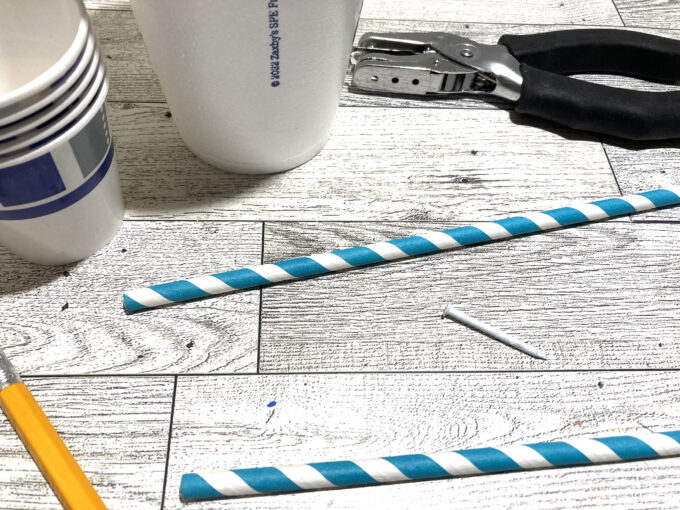
How To Make An Anemometer
STEP 1: Use the hole puncher to make two holes across from each other, in each of your cups.
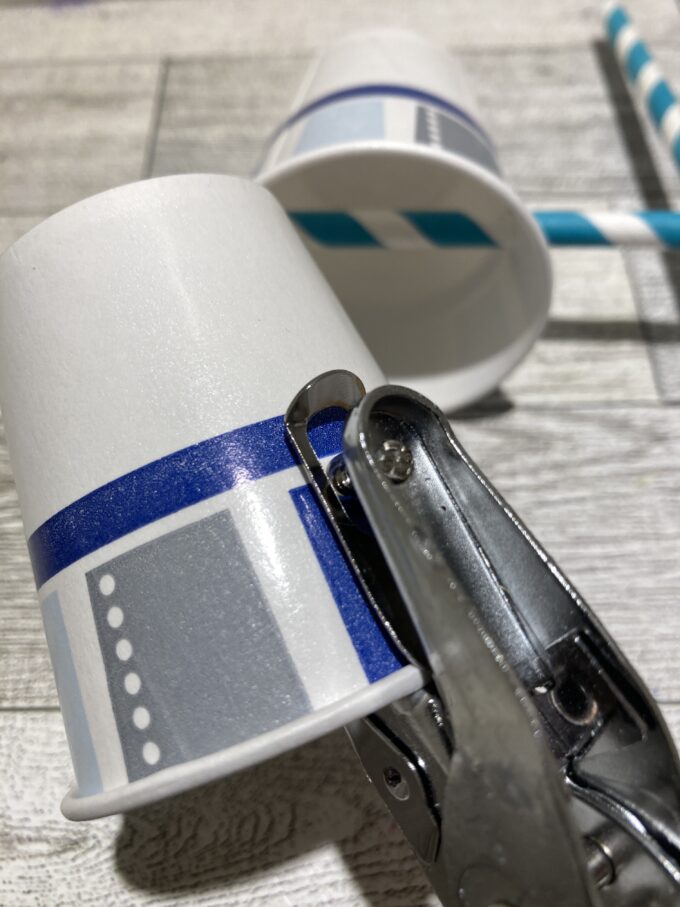
STEP 2: Push the straw through the holes so that you have two cups on each straw (all must face the same direction).
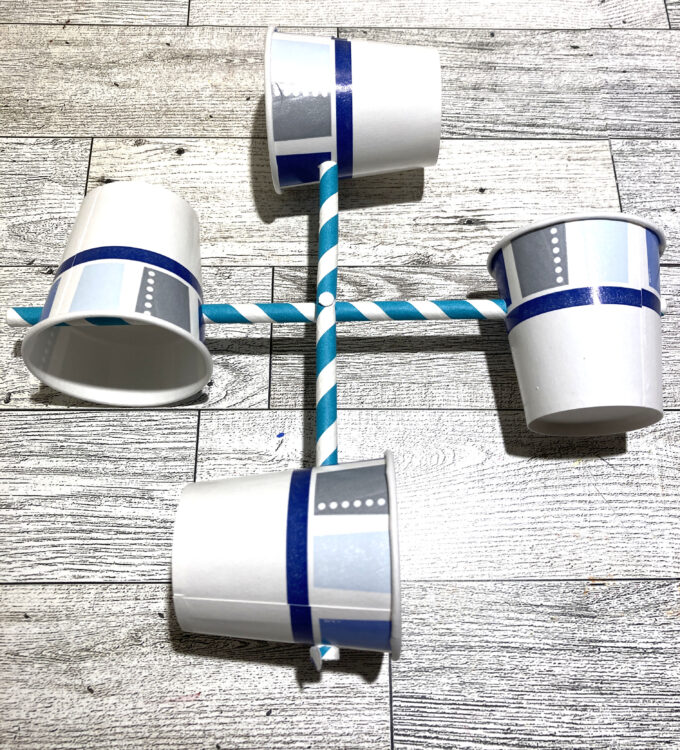
STEP 3: Push your nail through each straw and then into the eraser of your pencil. Put the pencil into the cup.
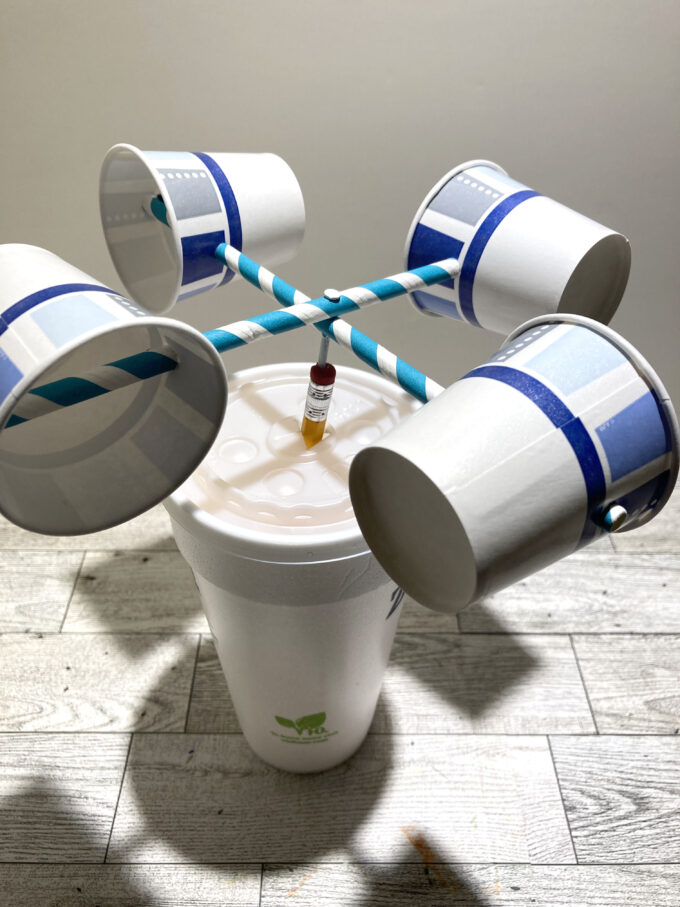
STEP 4: Tape the intersection of the two straws.
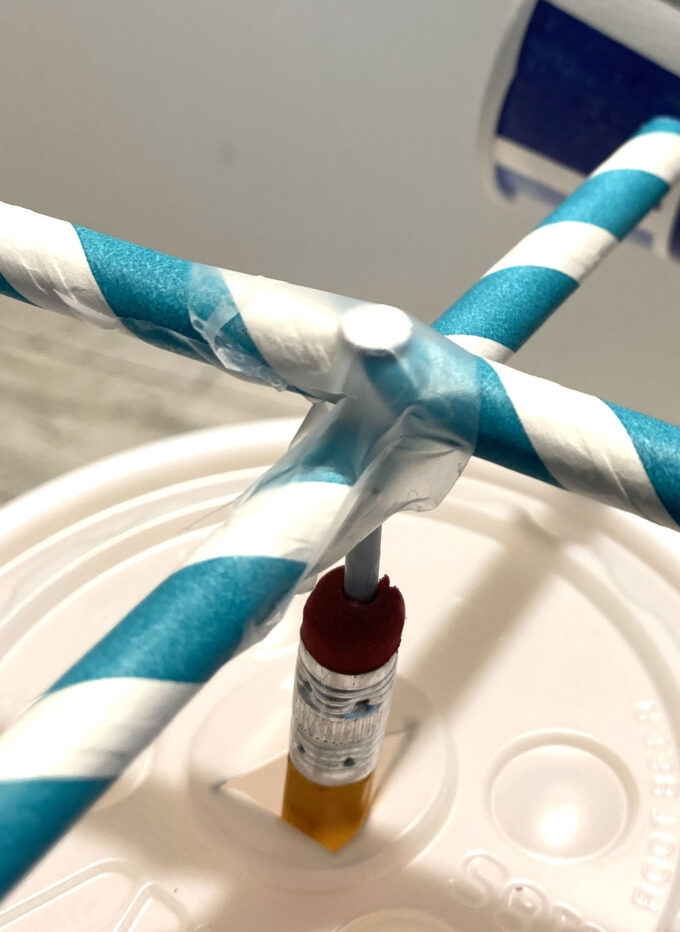
STEP 5: Take outside on a windy day and see what happens! How fast is the wind moving?
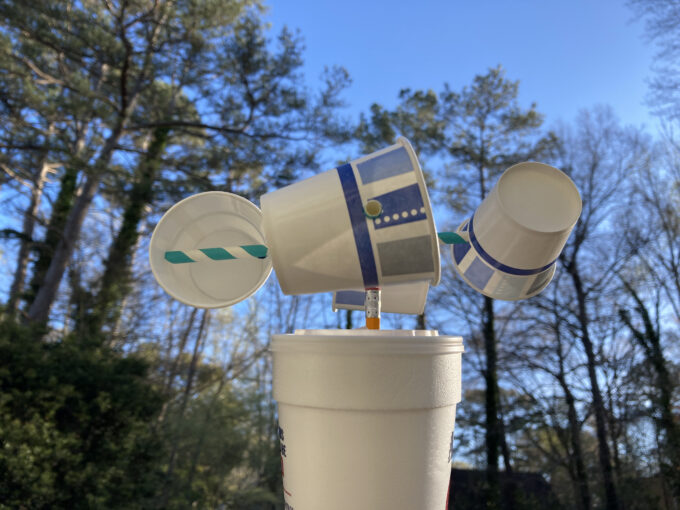
Bonus STEM Resources To Get You Started
Here are a few resources that will help you introduce STEM more effectively to your kiddos or students and feel confident yourself when presenting materials. You’ll find helpful free printables throughout.
- Engineering Design Process Explained
- Scientist Vs. Engineer
- Engineering Words
- Questions for Reflection (get them talking about it!)
- BEST STEM Books for Kids
- 14 Engineering Books for Kids
- Jr. Engineer Challenge Calendar (Free)
- Must Have STEM Supplies List
More Fun Weather Activities
When you finish this wind science activity, why not explore more with one of these ideas below. You can find all our earth science activities for kids here!
Learn how a tornado forms with a simple tornado in a bottle.
Explore where rain comes from.
Learn about soil erosion for kids.
Build a windmill from paper cups and straws.
Make a simple wind vane to take outdoors.
Make a DIY rain gauge and measure rainfall in your local area.
Identify the layers of the atmosphere with these printable worksheets.
Set up a water cycle in a bottle or a water cycle in a bag for weather science.
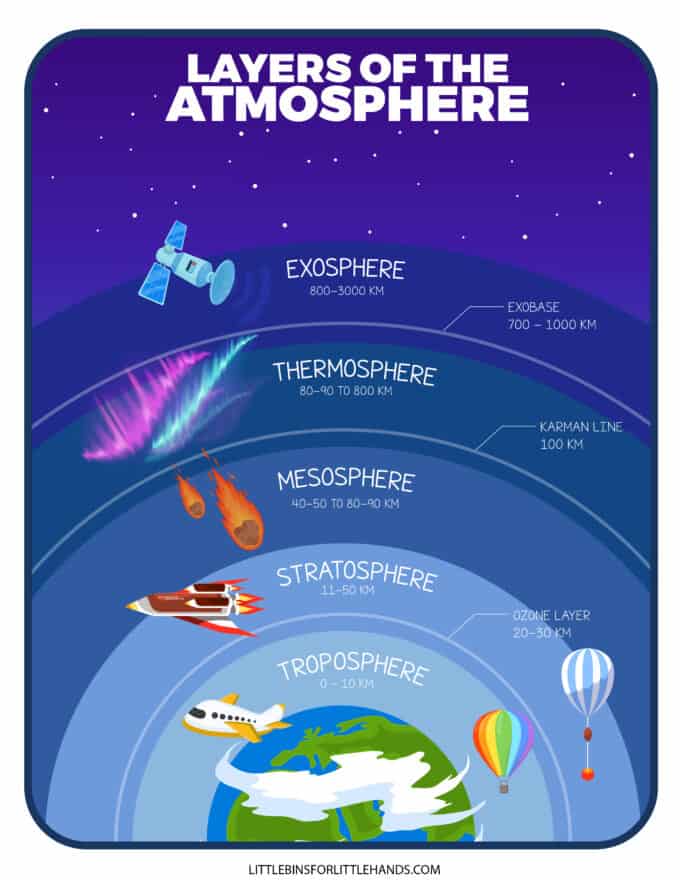
Printable Spring Activities Pack
If you’re looking to have all of your printable activities in one convenient place, plus exclusive worksheets with a spring theme, our 300+ page Spring STEM Project Pack is what you need!
Weather, geology, plants, life cycles, and more!
